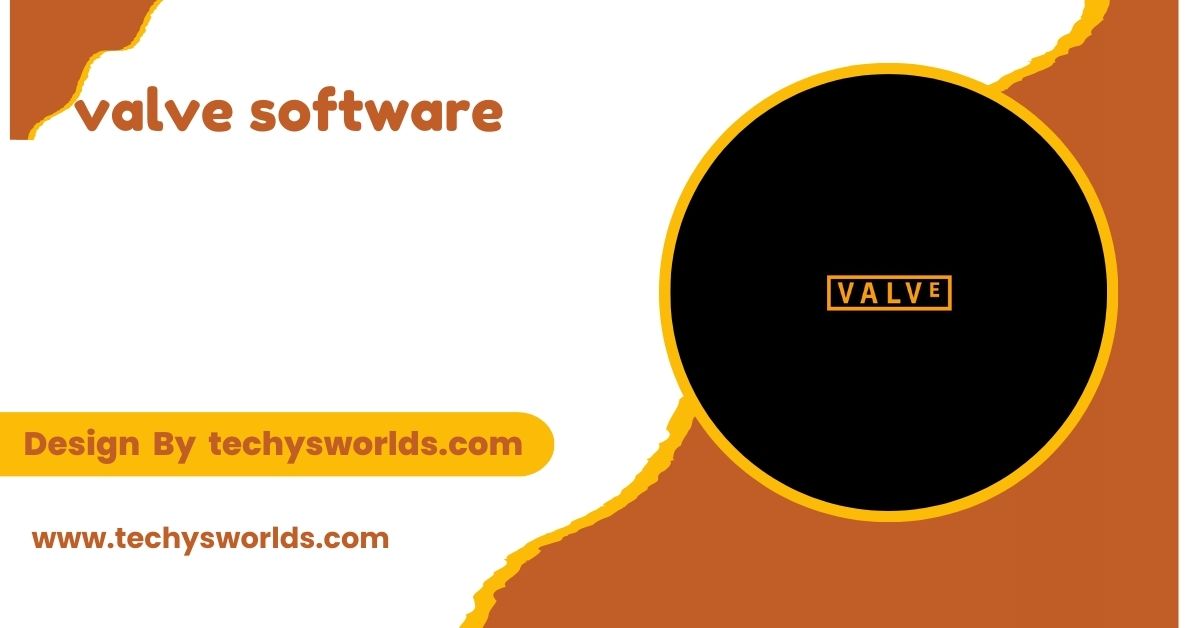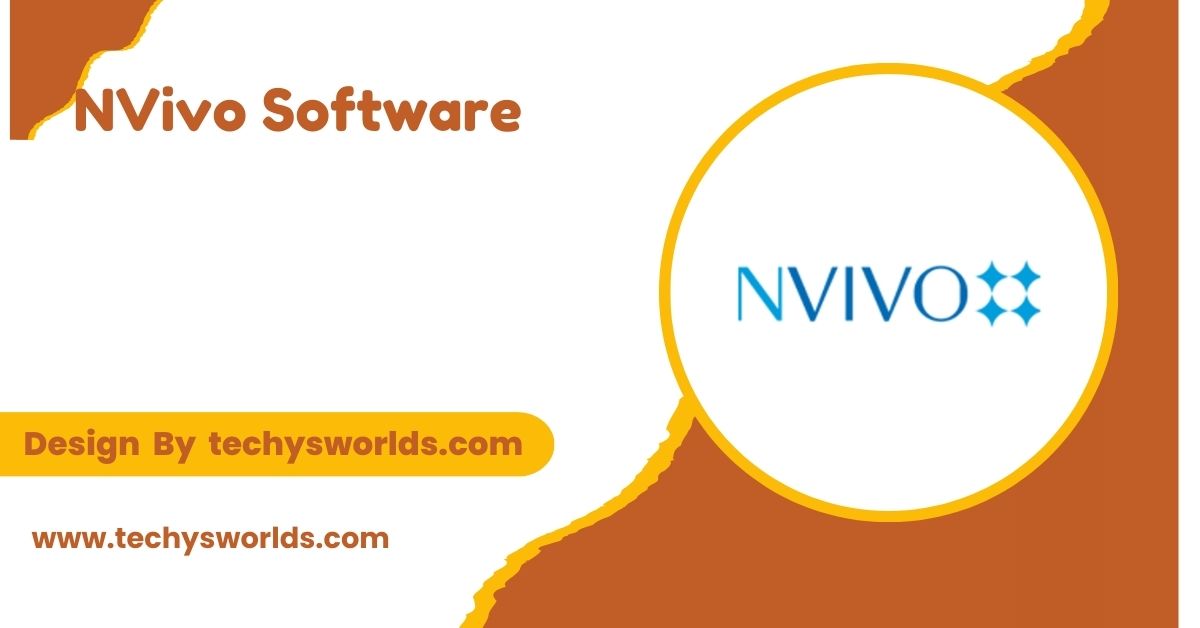Valve Software, known for Steam and Half-Life, has revolutionized digital gaming and VR. Its innovations continue with products like the Steam Deck and Valve Index.
In this article, we will explore the history of Valve, its impact on the gaming industry, key products and services, and its future direction.
History of Valve Software: From Half-Life to Steam

Valve was initially founded to create and develop a first-person shooter that would compete with games like Quake and Doom. In 1998, they released their first title, Half-Life, which became a massive success and established Valve as a force in the gaming world. Half-Life was praised for its compelling narrative, immersive gameplay, and innovative design, which pushed the boundaries of the FPS genre.
In 2004, the release of Half-Life 2 cemented Valve’s reputation as one of the most innovative development studios in the world, offering a new level of graphical fidelity and physics-based gameplay. Valve also took a bold step by launching Steam, a digital distribution platform that would become the backbone of PC gaming.
Steam’s Revolution:
In 2003, Valve launched Steam, an online platform for digital game distribution. Initially, Steam faced skepticism from both consumers and developers, but it quickly became the standard for purchasing and distributing PC games. The platform was designed to provide gamers with updates, patches, and downloadable content (DLC) directly from Valve, eliminating the need for physical discs.
Steam gained traction due to its massive library, user-friendly interface, and community features. It became the dominant platform for PC gaming by the late 2000s.
Key Products and Services by Valve Software:
Valve’s contributions to the gaming world extend beyond Half-Life and Steam. The company has introduced several groundbreaking products and services that have shaped the gaming industry.
Also Read: What Kind Of Software Is Reflector 4 – A Detailed Guide!
Steam Platform: A Game-Changer for Digital Distribution
Steam revolutionized the video game industry by providing a centralized hub for digital distribution. Steam quickly expanded to offer not just games but a wide range of services for gamers and developers. The platform has been instrumental in democratizing game development and making gaming more accessible to players around the world.
Steam’s major features include the Steam Store, where users can purchase games, Steam Workshop, for creating and sharing mods, and Steam Cloud, a cloud storage service for game progress. Steam’s regular seasonal sales are also a huge draw for budget-conscious gamers.
Game Development: Half-Life, Portal, and More:
Valve’s internal game development efforts have had a significant impact on the gaming world. The company has developed a range of critically acclaimed titles, each pushing the boundaries of gaming in terms of narrative, design, and technology.
Half-Life is perhaps Valve’s most iconic franchise, revolutionizing the first-person shooter genre. Other notable games include Portal, known for its innovative puzzles and quirky humor, and Team Fortress 2, a team-based multiplayer shooter. Valve’s Left 4 Dead series introduced co-op zombie survival gameplay that still resonates with players.
Hardware and VR: Pushing the Boundaries of Technology:
Valve has ventured into hardware and virtual reality, introducing products that push the boundaries of gaming technology. The Valve Index VR headset is one of the most premium VR devices on the market, offering a high refresh rate, wide field of view, and precise tracking. SteamVR, Valve’s VR platform, supports a range of headsets and provides a robust ecosystem for virtual reality gaming.
Additionally, Valve introduced the Steam Deck, a portable handheld gaming device that allows players to enjoy their Steam library on the go. SteamOS, Valve’s Linux-based operating system, powers the device, giving gamers a versatile platform to play their favorite titles.
Valve’s Impact on the Gaming Industry:

Valve’s innovations have left a lasting mark on the gaming industry, shaping how games are distributed, played, and experienced. Through products like Steam, Steam Workshop, and SteamVR, Valve has influenced the gaming landscape in several key ways.
Changing the Way Games Are Distributed:
Before Steam, games were sold primarily in physical stores or through fragmented digital platforms. Steam revolutionized this by providing a centralized marketplace for games and digital content. The success of Steam led to its dominance in the digital marketplace and the democratization of game development, giving indie developers a platform to sell their titles.
Fostering a Vibrant Modding Community:
Valve has been a strong supporter of modding. Steam Workshop allows players to create, share, and download mods for a variety of games. Mods have become an integral part of games like Skyrim and Team Fortress 2, which have seen long lifespans due to their vibrant modding communities.
Influencing Game Design with AI and Physics:
Games like Half-Life 2 and Portal pushed the boundaries of game design, introducing cutting-edge AI and physics engines. Half-Life 2 featured realistic physics interactions, while Portal introduced innovative puzzles that leveraged physics-based mechanics. Valve’s influence on AI is also evident in the AI Director in Left 4 Dead, which dynamically adjusts the difficulty based on player performance.
The Evolution of Multiplayer Gaming:
Valve’s Team Fortress 2 and Left 4 Dead series helped popularize team-based multiplayer gameplay. These games emphasized teamwork and cooperation over individual performance, influencing the design of future multiplayer games like Overwatch and Fortnite.
Valve’s Future: What’s Next for the Gaming Giant?
While Valve has cemented its position as a leader in gaming, the company’s future is uncertain. Known for its slow development cycles, Valve has been reluctant to release sequels to some of its most beloved franchises, such as Half-Life. However, the company continues to innovate, particularly in the realms of virtual reality, game development, and hardware.
The release of the Steam Deck marked Valve’s return to hardware, while its ongoing efforts in virtual reality with Valve Index and SteamVR suggest that the company is betting on VR as the future of gaming.
Valve and the Metaverse:
Valve’s commitment to VR technology positions the company as a potential key player in the metaverse, the virtual space where people will interact in 3D worlds. With VR headsets like the Valve Index and platforms like SteamVR, Valve is poised to help lead the transition to more immersive, interactive digital environments.
FAQ’s
1. What is Valve’s most famous game?
Half-Life is Valve’s most iconic game, often considered one of the greatest first-person shooters of all time.
2. Does Valve still make games?
Yes, Valve continues to develop games, including Half-Life: Alyx, a VR-exclusive title, and updates to Dota 2.
3. What is SteamOS?
SteamOS is a Linux-based operating system developed by Valve, designed to run on Steam Machines and provide a console-like experience.
4. Does Valve support modding?
Yes, Steam Workshop allows players to create and share mods for various games, enriching the gaming experience.
5. What is the Steam Deck?
The Steam Deck is a portable handheld gaming device by Valve, allowing players to play their Steam library on the go.
Conclusion
Valve Software has dramatically shaped the gaming world with innovations like Steam, SteamVR, and cutting-edge game design. The company continues to push boundaries with VR and portable gaming, ensuring that Valve remains at the forefront of gaming technology and the evolving virtual experience. Valve’s future looks bright as it explores new frontiers in gaming.
Related Posts
Also Read: What Software Do Financial Advisors Use To Watch Stock Market – A Deep Dive!
Also Read: Why Didnt Visual Languages Replace All Software Devlopment – An In-Depth Analysis!
Also Read: FTDI Software Drivers Downloads – An Expert’s Guide!



